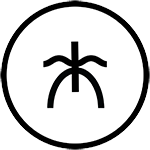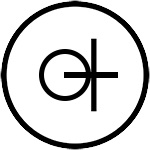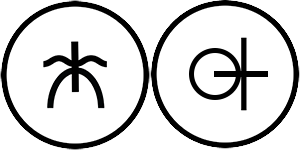
In this lesson you will learn how apply both a velar stop and a uvular stop to block airways and create a D-Kick sound.
Blocking airflow to the mouth or nose is something we all do naturally without thinking about it. However, in this lesson you are going to think about it!
You can stop airflow out of your mouth, you can stop airflow out of your nose, or do both at the same time which is called holding your breath!
With your mouth open, breathe normally in and out.
Now, keeping your mouth open, and keeping your tongue lying relaxed in your mouth, breathe only through your nose and not through your mouth.
When you do this you should feel the very back of your tongue raise slightly and press against your soft palate. What you are making is called a Velar Stop.
Note: It is possible to stop airflow through the mouth using other methods, such as closing your mouth (a bilabial stop), pressing your uvular against your tongue (uvular stop), or even pressing the flat of your tongue against your hard palate (a palatal stop).
The Velar Stop looks like this:

Here is a diagram showing the place of articulation (where the sound is made). See how it is between the very back of the tongue and the soft palate at the very back and top of the roof of the mouth:

Velar Stops, like all stops do not make a sound in themselves. Stops are simply two parts of the mouth anatomy that stay in contact for the duration of the sound.
In this video the beatboxer vocalises and breathes out. Hear how the sound comes out of his nose as he makes the Velar Stop, and comes out of his mouth when he stops making the Velar Stop.
If you look inside your mouth, or the mouth of another person, you can see a dangly bit hanging down at the very back of your mouth. This is your uvula.
Your uvula is used to stop airflow to the nose. You do this when you swallow to stop food going up your nose! The uvula is also what bangs against your tongue when you snore!
In the same way that you can block airflow to the mouth, you can block airflow through the nose.
With your mouth open, breathe normally in and out through both your mouth and nose at the same time.
Now, keeping your mouth open, and keeping your tongue lying relaxed in your mouth, breathe only through your mouth and not through your nose.
It is very difficult to feel what is happening in your mouth when you do this, but what you are making is called a Nasopharyngeal Stop. The very back of your soft palate and uvular are closing the airflow through your upper throat (nasopharynx).
Naso means nose and pharyngeal means throat.
The Nasopharyngeal Stop iconophonic looks like this. The circle represents your uvula and the vertical line represents your throat. The horizontal line connects the two mouth parts showing it is a stop.

And this is where it made in the mouth:

When you hold your breath whilst keeping your mouth open you are using both a Velar Stop and a Nasopharyngeal Stop!
This is what holding your breath (with mouth open) looks like with iconophonics:

BZZKTT Version 8.2 • © 2015-2020 Gavin ‘Beatbox’ Tyte (aka TyTe) • All Rights Reserved
BZZKTT is kindly hosted by Alex Tearse from Reefnet.
Special thanks to Alex Tearse, Paul Arnett, Michael Wyatt, Tyler Thompson, Helen Tyte, David ‘Goznet’ Gosnell, and Jerusalem Productions.